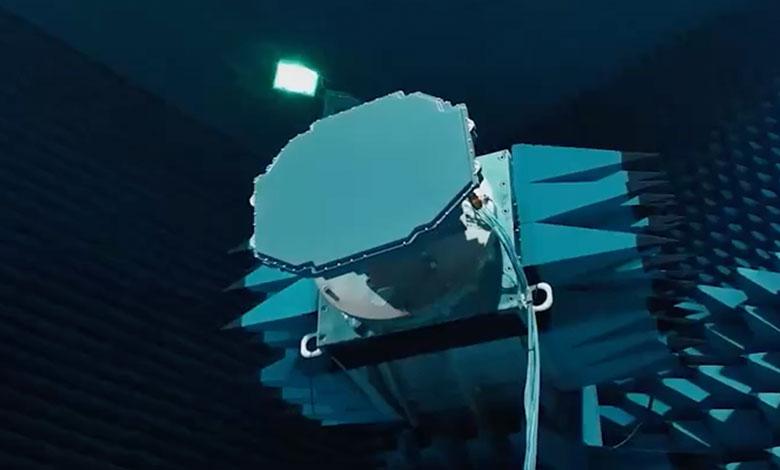Turkish F-16 ÖZGÜR soars with homegrown AESA Radar VIDEO
The Turkish F-16 ÖZGÜR fighter jet has taken to the skies for its inaugural flight equipped with the domestically developed AESA (Active Electronically Scanned Array) nose-mounted radar, a product of ASELSAN, Türkiye's leading defence electronics company.
The successful flight marks a significant milestone in Türkiye's pursuit of indigenous defence capabilities, Caliber.Az reports, citing SavunmaSanayiST.com.
#SONDAKİKA | ASELSAN Milli #AESA Uçak Burun Radarı, ilk uçuşunu F-16 ÖZGÜR platformuyla gerçekleştirdi!pic.twitter.com/1TV7jfAVm1
— SavunmaSanayiST.com (@SavunmaSanayiST) March 26, 2024
The AESA Radar system, undergoing rigorous testing, is poised to make its debut flight on the Bayraktar AKINCI, a high-altitude long-endurance unmanned combat aerial vehicle (UCAV), in the near future. Furthermore, plans are underway to integrate this cutting-edge radar system onto various airborne platforms, including the KAAN fighter, as well as UAVs such as AKINCI and KIZILELMA. This integration is anticipated to elevate these platforms to meet and exceed 5th-generation standards.
Equipping the F-16 ÖZGÜR with the national AESA radar empowers the aircraft with capabilities akin to those found in the advanced F-16 Block 70 fighter jets. Under the ÖZGÜR project, more than 160 existing Turkish F-16 Block 30/40/50 aircraft are slated for modernization, ensuring that they remain at the forefront of aerial warfare.

These modernized platforms are set to benefit from enhanced performance, reduced radar signature (stealth), and a myriad of additional capabilities facilitated by the Turkish AESA radar. From chip-level development to final system integration, the radar system is entirely manufactured at ASELSAN's Ankara technology base, showcasing Türkiye's prowess in radar technology.
ASELSAN's advancements in gallium nitrate (GaN) chip development have positioned the company to compete with global leaders in radar technology. This achievement underscores Türkiye's commitment to technological self-reliance and its aspirations to become a prominent player in the aerospace domain.
Milli AESA Burun Radarı’nın özellikleri: https://t.co/Rsp82LEwgy pic.twitter.com/29TP8kyoHO
— SavunmaSanayiST.com (@SavunmaSanayiST) March 26, 2024








